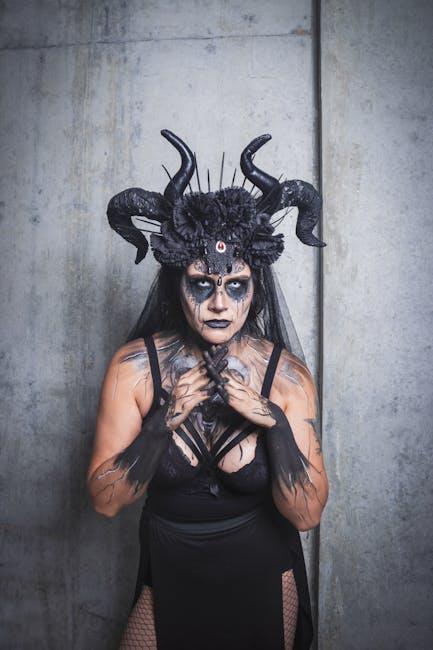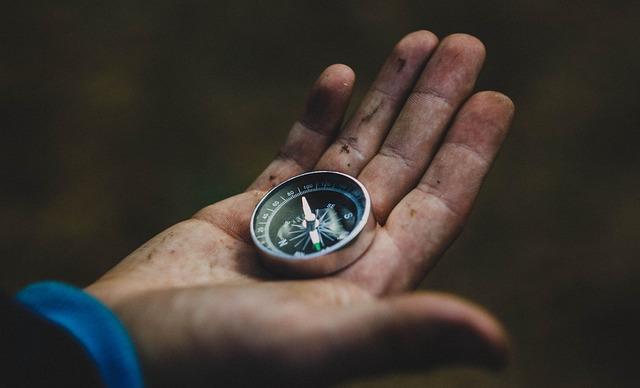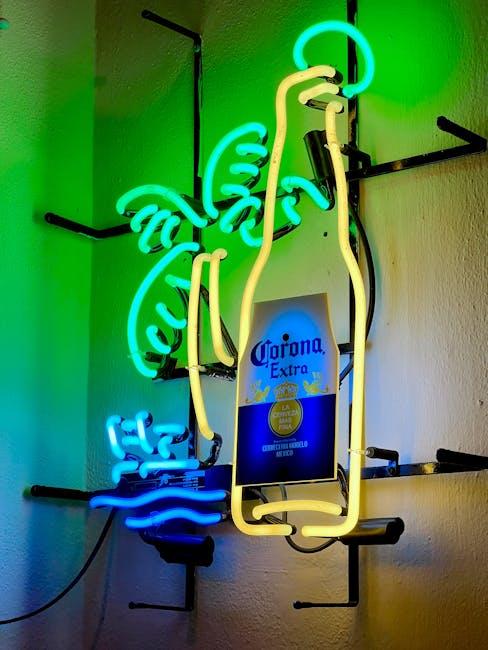In the realm of cinema, thriller films captivate audiences with their intricate narratives and psychological depth, often leaving viewers on the edge of their seats. Central to this immersive experience is the art direction, a pivotal yet often understated element that meticulously crafts the mood and tone of these films. By strategically manipulating visual components such as lighting, color palettes, set design, and composition, art directors create atmospheres that heighten tension and amplify suspense. This article delves into the nuanced ways in which art direction not only supports but profoundly enhances the storytelling in thriller films, transforming mere scenes into visceral experiences that linger long after the credits roll.
Crafting Suspense Through Visual Storytelling
In the realm of thriller films, visual storytelling serves as a silent yet powerful force that amplifies suspense. Through meticulous art direction, filmmakers craft an atmosphere that keeps audiences on the edge of their seats. The use of lighting and color palettes is instrumental in this process. Shadows are strategically placed to obscure parts of a scene, creating a sense of the unknown. Dark, muted colors evoke a feeling of unease, while sudden bursts of vibrant hues can signify a pivotal moment or a shift in tension.
- Set Design: A cluttered room may suggest chaos or hidden secrets, while minimalistic spaces can evoke isolation and vulnerability.
- Camera Angles: Low angles can create a sense of powerlessness, whereas high angles might make the viewer feel like an omniscient observer.
- Symbolic Props: Everyday objects, when used strategically, can become harbingers of danger or foreboding.
By harnessing these elements, directors can subtly guide the viewer’s emotions, building suspense that resonates on a visceral level. This intricate dance between visual cues and narrative allows the mood and tone to become integral characters in their own right.

Color Palettes: Evoking Emotion and Tension
In thriller films, the strategic use of color palettes is crucial in shaping the emotional landscape and amplifying tension. Filmmakers often employ cool hues such as blues and grays to evoke feelings of unease and suspense, creating a chilling atmosphere that keeps audiences on edge. In contrast, warm colors like reds and oranges can be used to heighten intensity and signify danger or urgency, often punctuating pivotal scenes with a visceral punch. This deliberate color coding not only guides the viewer’s emotional response but also subtly foreshadows narrative twists.
- Monochromatic schemes: Enhance a sense of isolation and focus.
- High contrast: Builds visual tension and draws attention to critical details.
- Desaturated tones: Impart a bleak or gritty realism.
By manipulating these palettes, directors craft a visual language that speaks volumes, engaging viewers not just with the plot, but through a visceral, emotional experience.
Lighting Techniques: Shaping Atmosphere and Mystery
In thriller films, the interplay of light and shadow is crucial in crafting a palpable sense of suspense. Lighting techniques such as chiaroscuro, the use of stark contrasts between light and dark, guide the viewer’s emotions and heighten tension. This technique not only adds depth but also shapes the narrative by creating areas of obscurity and illumination that reflect a character’s internal struggle or hidden motives. Shadows can obscure faces, distorting features to evoke unease, while focused beams can isolate characters, amplifying their vulnerability or sinister intent.
- Backlighting: Silhouettes can create a sense of anonymity and menace.
- Low-key lighting: Minimal lighting setups enhance mystery and suspense.
- Colored gels: Use hues like deep blues or reds to evoke emotion and signal danger.
These techniques, when skillfully applied, transform ordinary scenes into visual narratives rich with atmosphere. The strategic use of lighting becomes a silent storyteller, manipulating the viewer’s perception and immersing them in a world where every shadow hides a secret.

Set Design: Building Worlds of Intrigue and Danger
The art of set design in thriller films is a masterclass in crafting spaces that breathe life into stories of suspense. These meticulously constructed environments serve as silent narrators, subtly influencing the audience’s emotional journey. From shadowy alleyways to opulent mansions, each location is designed with precision to evoke a specific mood. The interplay of light and shadow becomes a tool to create tension, while color palettes are chosen to reflect the psychological states of characters. Through the careful selection of textures and materials, set designers can convey a sense of foreboding or allure, inviting viewers into a world where danger lurks around every corner.
- Minimalist Interiors: Often used to create a sense of isolation or sterility, enhancing the feeling of unease.
- Cluttered Spaces: Can suggest chaos or concealment, contributing to the narrative of suspense.
- Historical Settings: Offer a rich backdrop that can juxtapose modern threats against timeless elegance.
These elements work in harmony to ensure that the set design does more than just support the storyline—it becomes an integral character within the film, shaping the viewer’s perception and heightening the overall experience of intrigue and danger.

